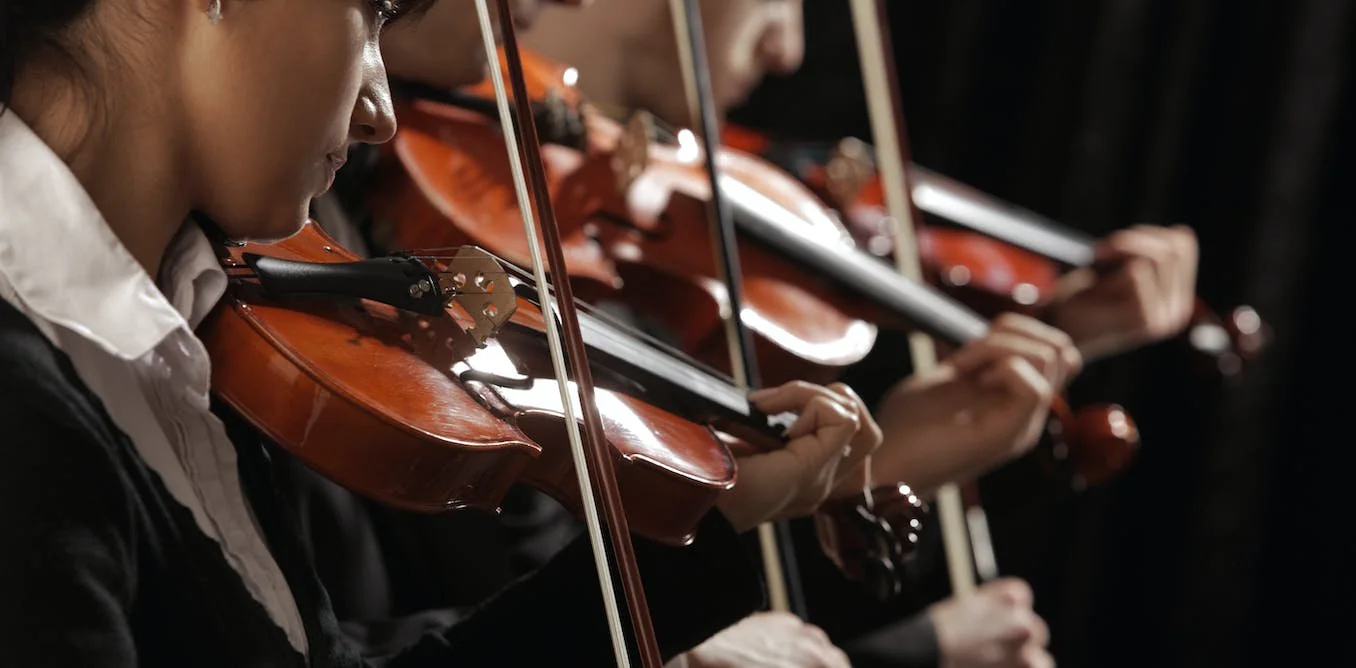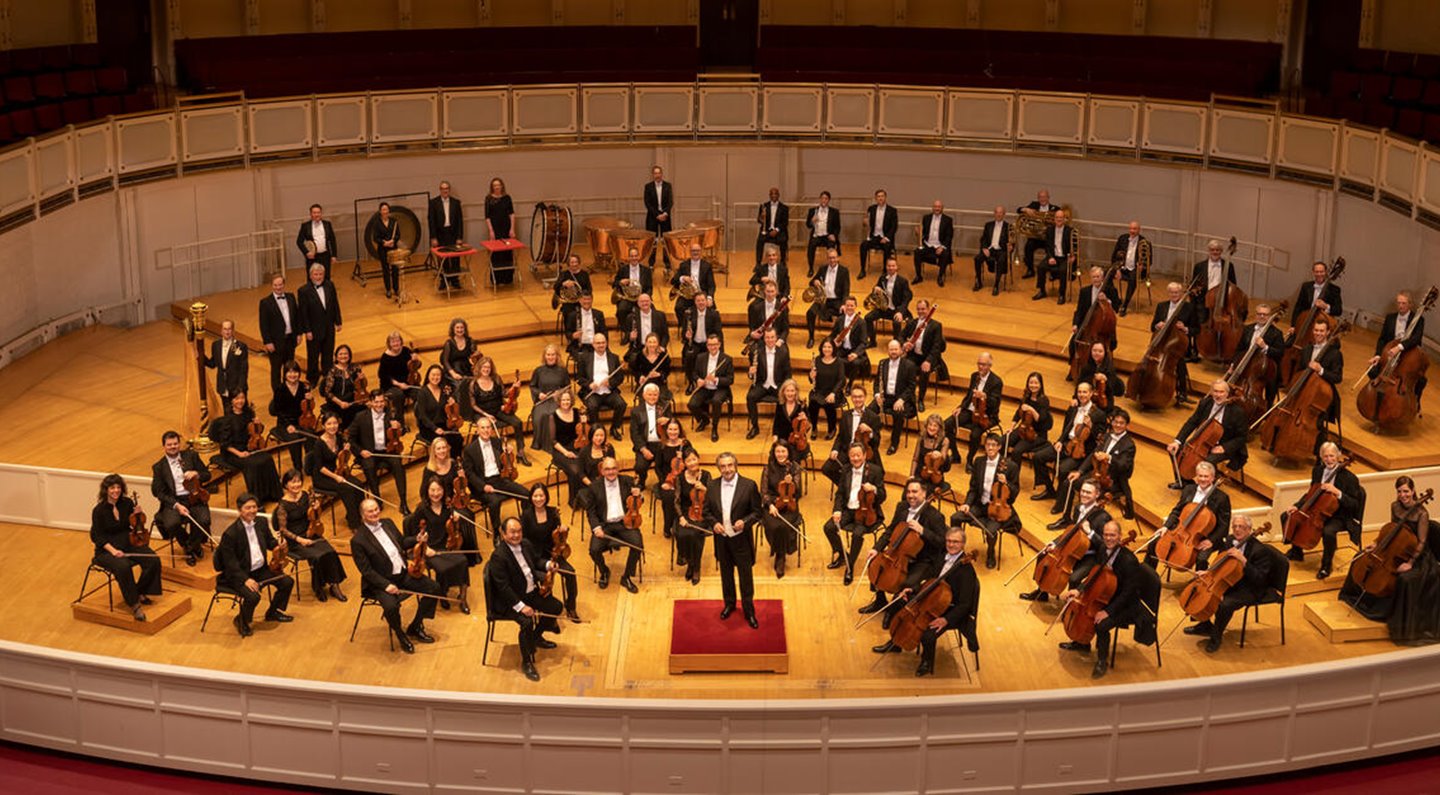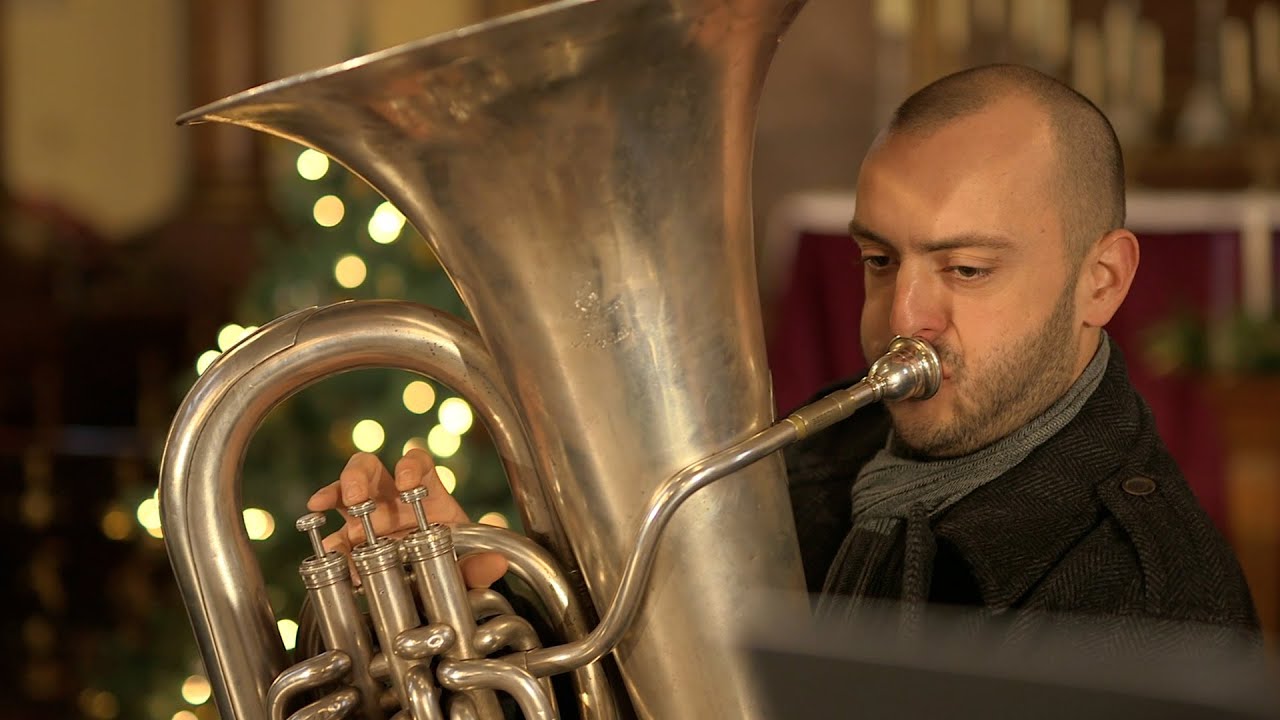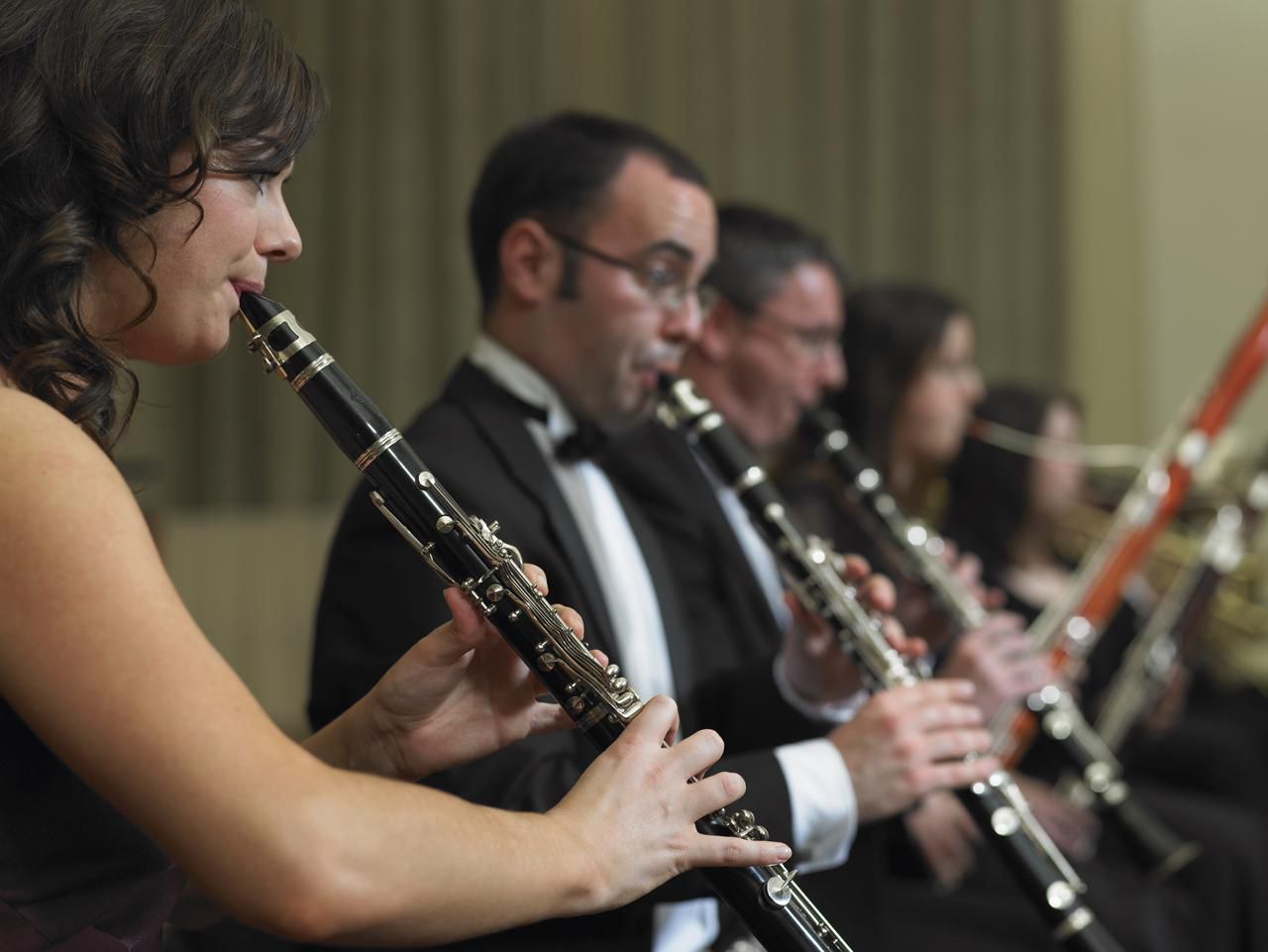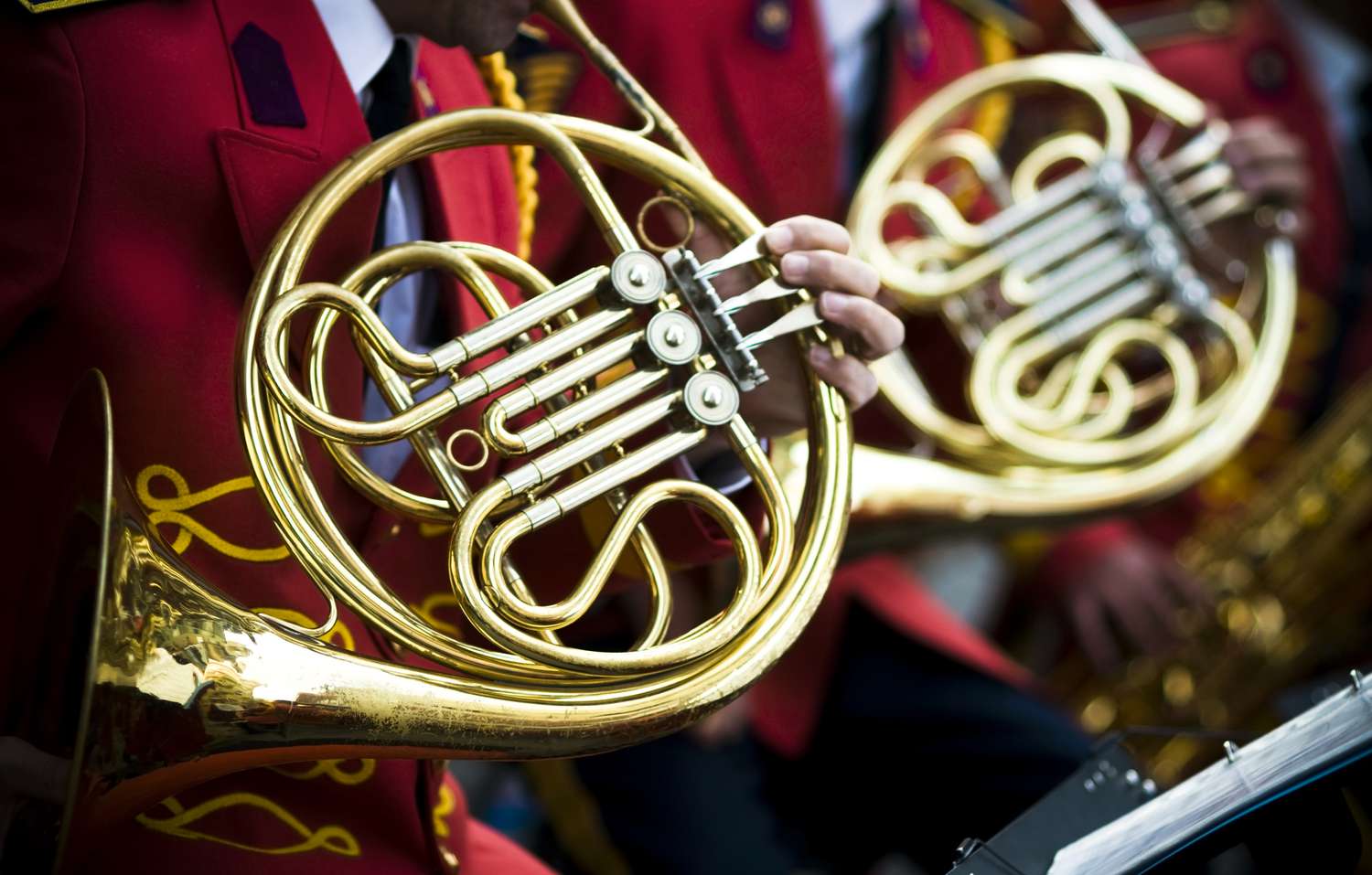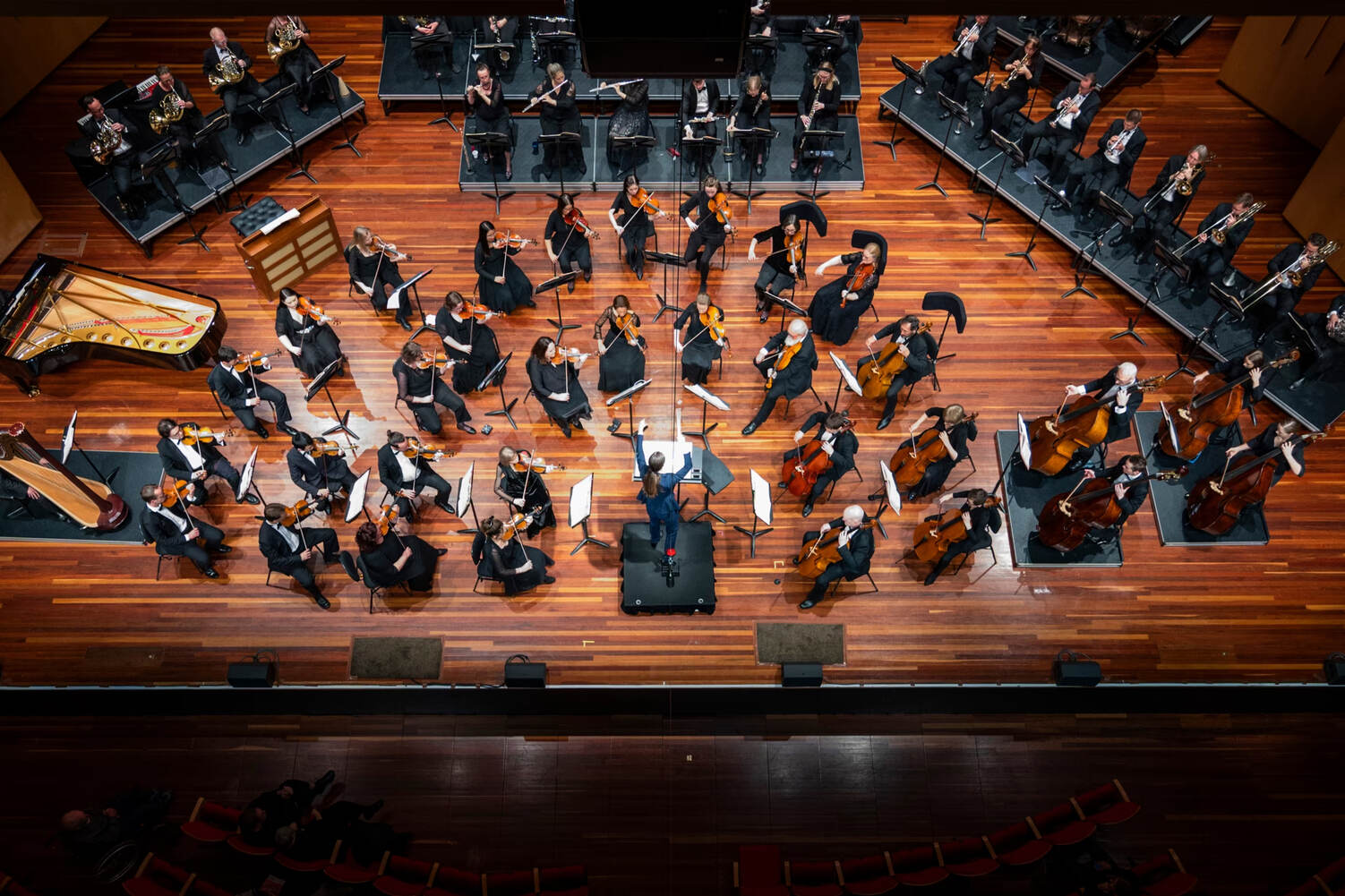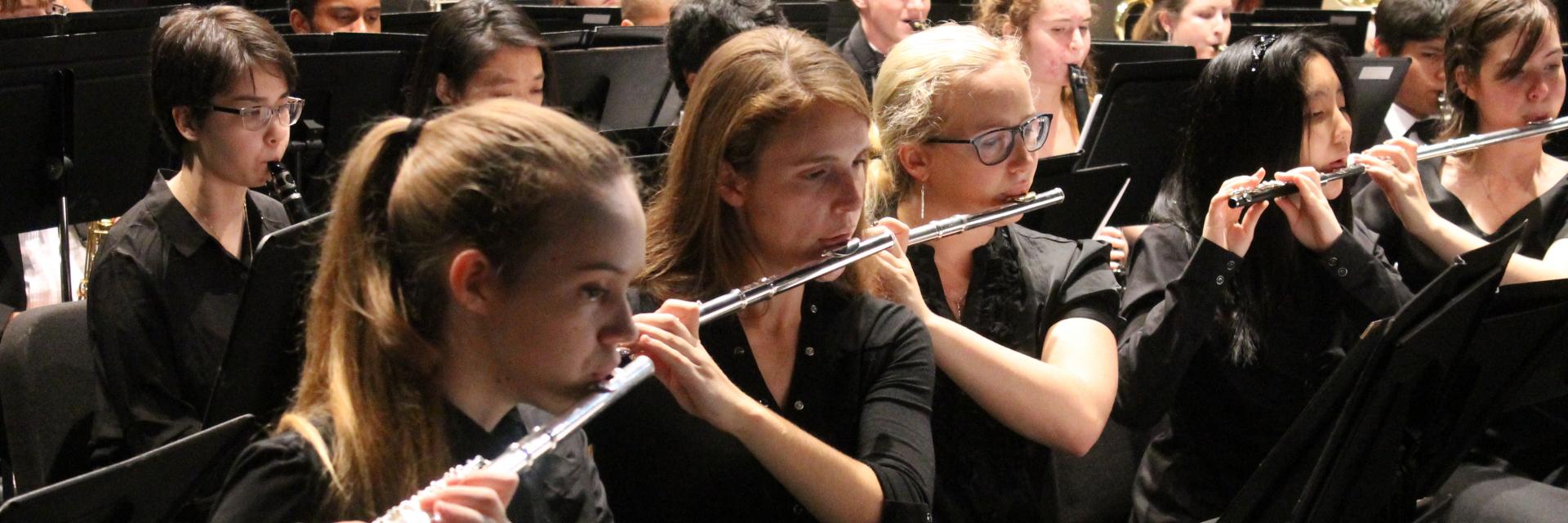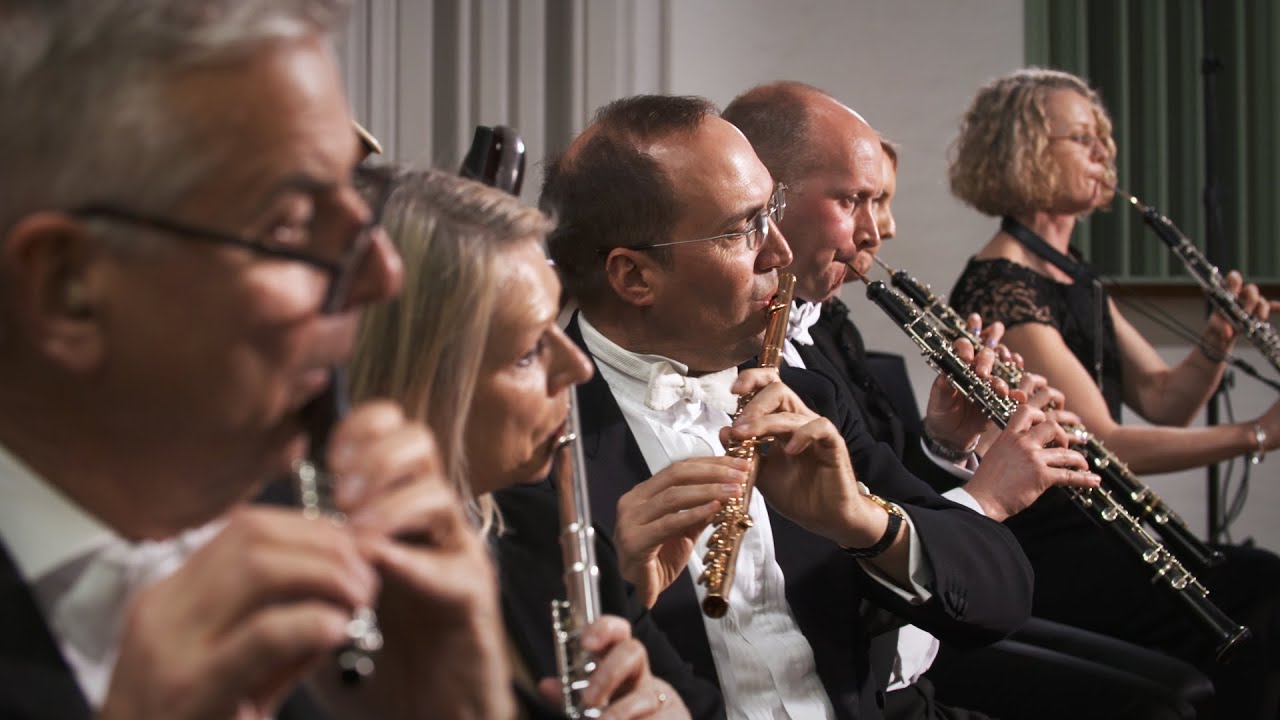Home>Genres>Classical>How Many Instrument Families Were Present In The Classical-Era Orchestra?


Classical
How Many Instrument Families Were Present In The Classical-Era Orchestra?
Published: November 22, 2023
Discover the variety of instrument families in the classical-era orchestra and learn the intriguing history behind each ensemble.
(Many of the links in this article redirect to a specific reviewed product. Your purchase of these products through affiliate links helps to generate commission for AudioLover.com, at no extra cost. Learn more)
Table of Contents
Introduction
In the Classical Era, which spanned from approximately 1730 to 1820, orchestral music reached its peak in terms of sophistication and popularity. Composers like Mozart, Haydn, and Beethoven crafted symphonies, concertos, and operas that have left an indelible mark on the history of music.
An essential aspect of the Classical-era orchestra was its instrumental makeup. Unlike today’s modern orchestras, the Classical-era orchestra consisted of a specific number of instrument families, each playing a distinctive role in the overall sound and texture of the music. Understanding the composition of instrument families in the Classical-era orchestra provides invaluable insights into the aesthetic and artistic choices made by composers of the time.
In this article, we will explore the various instrument families present in the Classical-era orchestra, shedding light on their characteristics and contributions to the orchestral palette. From the resplendent strings to the vibrant winds, from the soaring brass to the rhythmic percussion, each instrument family played a vital role in bringing the composer’s vision to life.
Join us as we embark on a journey of discovery through the instrument families of the Classical-era orchestra, delving into the enchanting world of orchestral music that captivated audiences during this remarkable period.
Strings
The strings section forms the backbone of the Classical-era orchestra. It comprises instruments that produce sound when their strings are plucked, bowed, or struck. The richness and versatility of the string family make it an integral part of any orchestral ensemble.
The most prominent members of the string family include:
- Violins: The violin is the smallest and highest-pitched member of the string family. With its expressive range and ability to evoke emotions, the violin takes center stage in many orchestral compositions.
- Violas: Slightly larger and lower in pitch than the violin, the viola adds warmth and depth to the orchestra’s sound. Its mellow tone complements the higher-pitched instruments, creating a balanced sonic blend.
- Cellos: With its rich, resonant sound, the cello adds a soulful and lyrical quality to the orchestra. Its versatility allows it to perform both melodic and accompanying roles with equal finesse.
- Double Basses: The largest and lowest-pitched members of the string family, double basses provide the foundation of the orchestra’s sound. Their deep, rumbling tones add weight and gravity to the overall ensemble.
These four instruments, in various combinations, create the lush, sonorous texture that is characteristic of Classical-era orchestral music. Composers often employed complex harmonies, expressive melodies, and intricate counterpoint within the strings section to evoke a range of emotions, from joy and triumph to melancholy and introspection.
The versatility of the string instruments allowed them to perform rapid passages, intricate melodies, and virtuosic solos. Composers often highlighted the technical abilities of the string players, pushing the boundaries of what was thought possible on these instruments.
Moreover, the strings section was not limited to playing just melodic lines. They also provided the harmonic foundation and rhythmic support for the rest of the orchestra. Through techniques such as pizzicato (plucking the strings) and arco (bowing the strings), the string section added depth and texture to the overall orchestral sound.
Overall, the strings section played a crucial role in shaping the expressive and emotional character of Classical-era orchestral music. Its vibrant and versatile nature laid the groundwork for the other instrument families to weave their own melodies and harmonies, creating a rich and immersive musical experience for audiences then and now.
Woodwinds
The woodwind section of the Classical-era orchestra consists of instruments that produce sound when air is blown into or across their openings. These instruments add a unique and distinct color to the orchestral palette, providing a wide range of tones and expressive capabilities.
The woodwinds family includes:
- Flutes: The flute, often referred to as the “beauty of the woodwinds,” possesses a bright and soothing tone. Its agile and lyrical qualities make it well-suited for melodic passages and exquisite solo performances.
- Oboes: Oboes have a distinct and penetrating sound. They are known for their expressive and plaintive quality, capable of delivering heartfelt melodies and poignant solos.
- Clarinets: Known for their versatility, clarinets offer a wide tonal range from the warm and mellow chalumeau register to the bright and piercing upper register. They contribute both melodic lines and rich harmonies to orchestral compositions.
- Bassoons: Bassoons provide a deep and resonant sound, often described as the foundation of the woodwind section. They add weight and depth to the overall ensemble while also delivering expressive solos and rich harmonies.
These woodwind instruments are capable of producing a variety of timbres, allowing composers to explore different moods and textures in their compositions. From the light and airy flute melodies to the dark and mournful bassoon lines, the woodwinds section played a crucial role in creating a diverse and colorful sonic landscape.
Additionally, woodwind instruments were often used for their ability to imitate nature, such as birdsong or rustling leaves. Composers like Mozart and Haydn utilized these nature-inspired sounds to evoke specific atmospheres or enhance the narrative of their compositions.
The woodwinds section also played an important role in orchestral dynamics. They could seamlessly transition from delicate and intimate passages to powerful and dramatic moments, adding depth and contrast to the overall musical structure.
Overall, the woodwinds section of the Classical-era orchestra brought a unique charm and character to the ensemble. Their expressive capabilities, wide range of tones, and ability to create vivid imagery enriched the orchestral sound and allowed composers to paint intricate musical landscapes that continue to captivate audiences to this day.
Brass
The brass section in the Classical-era orchestra consists of instruments that create sound through buzzing their lips into a cup-shaped mouthpiece. These instruments contribute a powerful and majestic quality to the orchestral sound, adding brilliance and grandeur to compositions.
The brass family includes:
- Trumpets: Trumpets are known for their brilliant and piercing sound. They can effortlessly cut through the entire orchestral texture with their commanding presence. Trumpets often play triumphant fanfares, heroic melodies, and provide rhythmic support within the ensemble.
- Horns: The French horn, often simply referred to as the horn, possesses a warm, round, and mellow sound. It adds depth and richness to the orchestral sound, performing lyrical melodies, harmonies, and providing a beautiful legato quality to the music.
- Trombones: Trombones offer a robust and resonant sound, capable of both powerful and lyrical performances. They often provide a deep, sonorous foundation to the brass section, adding weight and intensity to climactic moments in orchestral compositions.
- Tuba: The largest and lowest-pitched instrument in the brass family, the tuba provides a solid and thunderous foundation to the orchestra’s sound. It adds depth and gravity to the ensemble, enhancing the overall sonic impact.
Brass instruments are well-suited for creating majestic and regal moments in Classical-era compositions. Composers often utilized these instruments to evoke a sense of power, triumph, and grandiosity in their music. The brass section would frequently perform bold and memorable fanfares, majestic melodies, and triumphant themes, leaving a lasting impression on the listener.
The brass section also played a significant role in creating dynamic contrasts within orchestral pieces. They could seamlessly transition from soft and lyrical passages to blazing, fortissimo climaxes, adding drama and excitement to the composition.
Additionally, brass instruments were often used to evoke a sense of heroism or nobility, making them well-suited for dramatic and heroic compositions. The strident and commanding sound of the brass section could bring forth a sense of bravery and valor, especially in symphonies or overtures.
Overall, the brass section of the Classical-era orchestra added a robust, majestic, and powerful element to the ensemble. Their commanding presence, expressive capabilities, and ability to create grand sonic landscapes made them an essential component of the orchestral sound, leaving a lasting impact on the music of the era.
Percussion
The percussion section of the Classical-era orchestra consists of a variety of instruments, each with its unique way of producing sound. Percussion instruments add rhythmic complexity, texture, and color to the overall orchestral composition.
The percussion family includes:
- Timpani (kettle drums): Timpani are large, deep, and resonant drums that produce definite pitches. They provide a rhythmic foundation and add dramatic impact to the orchestra. The timpanist plays different drums with varying tensions, allowing for a range of pitches.
- Snare Drum: The snare drum is a versatile instrument often used to accentuate rhythms and add a crisp, sharp sound to the orchestral texture. It can create a range of dynamic effects and is also commonly used in military and march-like compositions.
- Cymbals: Cymbals produce a brassy, shimmering sound. They are often used to enhance climactic moments and add a dramatic flair to the music. Cymbals can be struck together or crashed against each other, creating a powerful and resonant effect.
- Tambourine: The tambourine is a handheld percussion instrument that features metal jingles, or zils, attached to its circular frame. It adds a bright and jingling sound, providing rhythmic accents and adding a festive or celebratory element to the orchestra.
- Triangle: The triangle is a small, metal instrument shaped like a triangle. It produces a clear and piercing sound when struck with a metal beater. The triangle adds delicate accents and shimmering effects to the orchestral texture.
The percussion section is often used to enhance the rhythmic complexity of the orchestra, providing accents, punctuations, and rhythmic drive to the overall piece. It adds excitement, energy, and a sense of forward motion to the music.
Composers of the Classical era utilized percussion instruments strategically, making careful decisions on when and how to incorporate them into their compositions. Percussion was employed to heighten dramatic moments, punctuate important musical gestures, or create a festive and jubilant atmosphere.
In addition, the percussion section was integral in creating dynamic contrasts within orchestral pieces. It could provide explosive accents or delicate, subtle touches, depending on the composer’s intentions. The strategic use of percussion added a layer of depth and complexity to the music, elevating the overall orchestral experience.
Overall, the percussion section of the Classical-era orchestra played a crucial role in enhancing the rhythmic drive, adding texture and color, and punctuating the musical gestures. Its diverse range of instruments contributed to the dynamic and lively nature of the orchestral sound, enriching the overall listening experience.
Conclusion
The Classical-era orchestra was a carefully curated ensemble consisting of various instrument families, each contributing its unique voice to the rich tapestry of sound. From the elegant strings to the vibrant woodwinds, from the majestic brass to the rhythmic percussion, every instrument family played a vital role in bringing the works of composers like Mozart, Haydn, and Beethoven to life.
The strings section, with its versatility and expressive capabilities, formed the foundation of the orchestra, providing melodic lines, harmonies, and rhythmic support. Their lush and resonant sound added depth, emotion, and beauty to the overall ensemble.
The woodwinds section added a charm and colorful element to the orchestra, with their ability to evoke a wide range of moods and tones. From the soothing flutes to the plaintive oboes and the versatile clarinets, the woodwinds brought a unique character and expressiveness to the music.
The brass section brought power, brilliance, and grandeur to the orchestral sound, portraying moments of triumph, heroism, and dramatic impact. The bright trumpets, warm horns, resonant trombones, and thunderous tuba created an awe-inspiring presence within the ensemble.
Lastly, the percussion section added rhythmic complexity, texture, and accents, elevating the overall energy and excitement of the orchestral composition. The timpani, snare drum, cymbals, tambourine, and triangle added dynamic contrasts, punctuations, and festive elements to the music.
The Classical-era orchestra exemplified the artistry and skill of composers who masterfully utilized the individual voices of each instrument family to create symphonies, concertos, and operas that continue to resonate with audiences today. Understanding the composition of the different instrument families in the orchestra allows us to appreciate the intention, creativity, and innovation behind these timeless musical works.
As we marvel at the beauty, emotional depth, and sheer brilliance of Classical-era orchestral music, let us remember the significance of each instrument family and the symbiotic relationship between them. Together, they formed a harmonious and captivating ensemble, carrying the legacy of Classical music through the ages.

